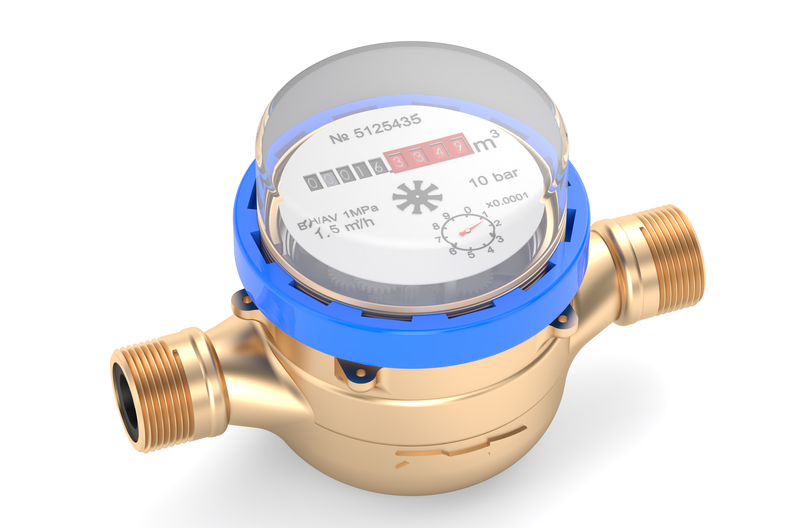Water Meters and Their Types
Oct 12, 2021 20:30
INTRODUCTION
Water metering is a method of measuring water in commercial or residential buildings. In general, water meters measure the volume of water used in a property. Moreover, they can also be used to determine flow through a specific section. In most parts of the world, the measuring unit of a water meter is liters or cubic meters. However, in the USA, the measuring unit of a water meter is cubic feet of gallons. This article will help you understand the different types of water meters available in the market. Moreover, if you wish to buy a water meter, you can contact Ami water meters.

TYPES OF WATER METERS
1. DISPLACEMENT WATER METERS
Displacement meters are also known as positive displacement meters. Under displacement meters, there are two types’ meters, and these are called oscillating piston meters and nutating disk meters. The basic principle of working is the same for both the meters. The water has to physically displace the moving measuring element in commensuration to the amount of water that passes the meter.
The displacement meters are highly successful at low to moderate flow rates, mostly witnessed in residential and commercial complexes. Since water needs to move the measuring element in these flow meters physically, such a setting won’t be feasible in large industries with water at a high flow rate and low-pressure loss.
2. ELECTROMAGNETIC METERS
Magnetic flow meters are also referred to as mag meters and use electromagnetism to determine the flow rate of water. These are based on Faraday’s laws of induction and are operated by supplying alternative or direct current from a power line or battery. The main advantage of magnetic meters is the absence of the mechanical component, which makes it versatile to measure water flow in either direction. Moreover, these meters are also beneficial in measuring raw water or wastewater because of the absence of mechanical components. Also, strainers are not required in electromagnetic meters as there are no chances of damage inside it.
3. ULTRASONIC METERS
The ultrasonic meters use ultrasonic transducers to measure the flow rate of the water passing through the meter. The transducer uses ultrasonic sound waves to detect the velocity of the water. As the velocity of the water is detected, the volume of the water flowing can be detected easily and accurately. The ultrasonic meter can have two different designs depending on the application: ‘clamp on’ and ‘flow-through designs. Flow-through design is used in commercial and residential properties. In flow-through, water flows directly through the meter, whereas the clamp-on design is used where large diameter pipes are involved with sensors located on the periphery.
Ultrasonic water meters are highly precise, and they can measure water flow rate up to 0.01 gallons. These meters are also low on maintenance as there are no mechanical components present inside them. Moreover, they offer a higher number of measurement ranges which makes them versatile. Furthermore, ultrasonic water meters also have a long lifespan compared to their counterparts, which is why they are being adopted at a higher rate these days.







































































